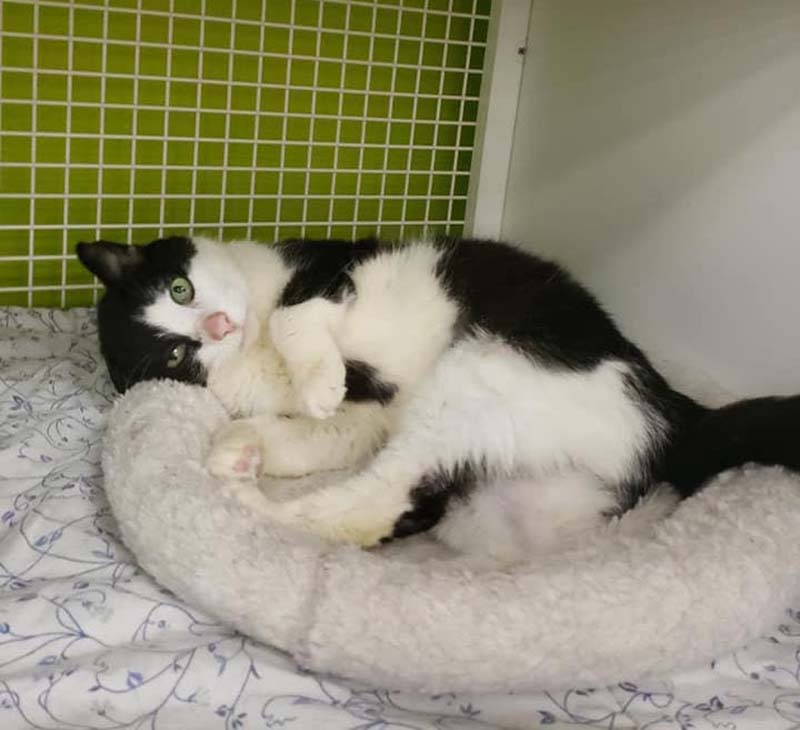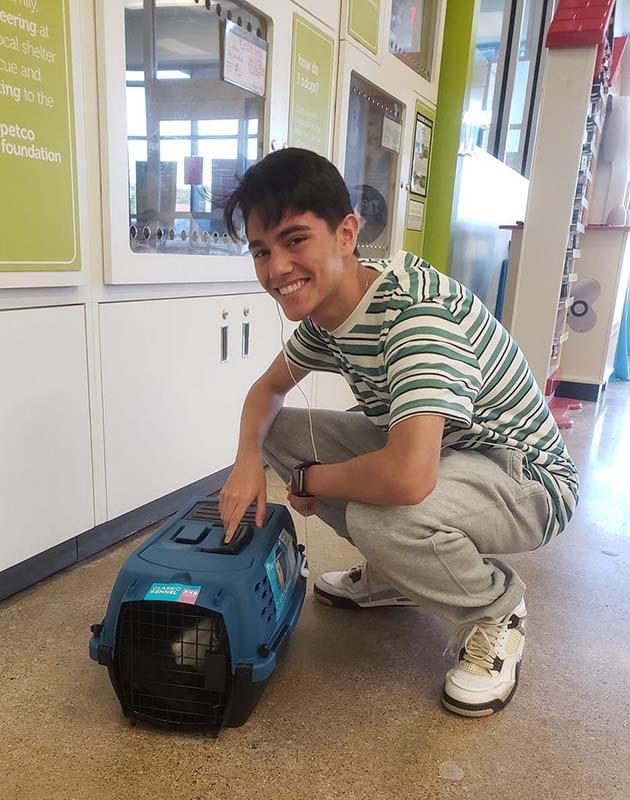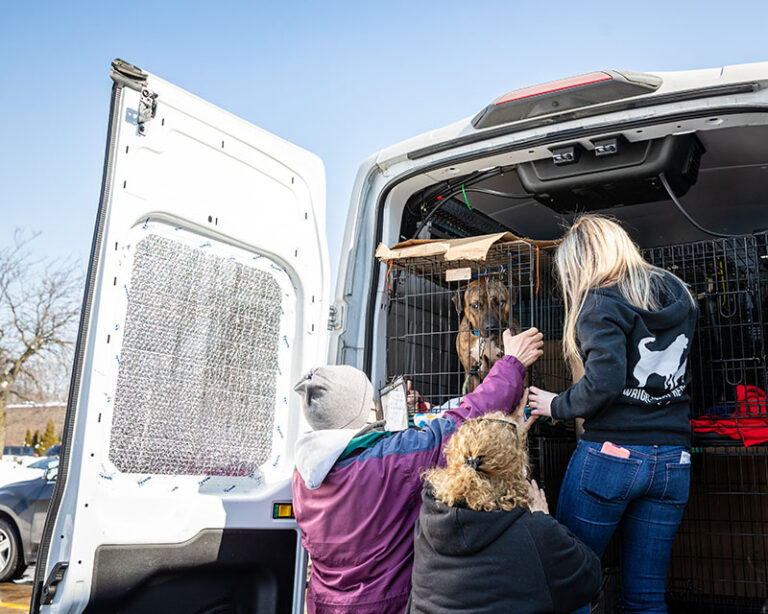The Chicago-based rescue group One Tail at a Time used to do home checks. They used to do landlord checks, reference checks, vet checks, “all the checks,” says founder and executive director Heather Owens.
Then about six years ago, around the same time the rescue opened a small adoption center to supplement their primarily foster-based operation, OTAT stopped visiting and examining prospective adopters’ homes.
Heather had always hated doing that—she felt it was invasive, and time consuming.
“I’m like, I could be doing things to save more animals right now. Instead, I’m going and shaking fences and making sure they’re sturdy,” she recalls.
The result? Nothing bad happened. In fact, quite the opposite.
“We were able to be a lot more efficient with our time, which meant we can save more animals. We saw a direct increase in lifesaving the year that we dropped home checks.”
Heather Owens, One Tail at a Time
From there, OTAT scrapped the landlord check, in favor of asking adopters to “come in prepared” and knowing what sorts of pets their lease will and won’t allow, Heather says. And again, “no issues.”
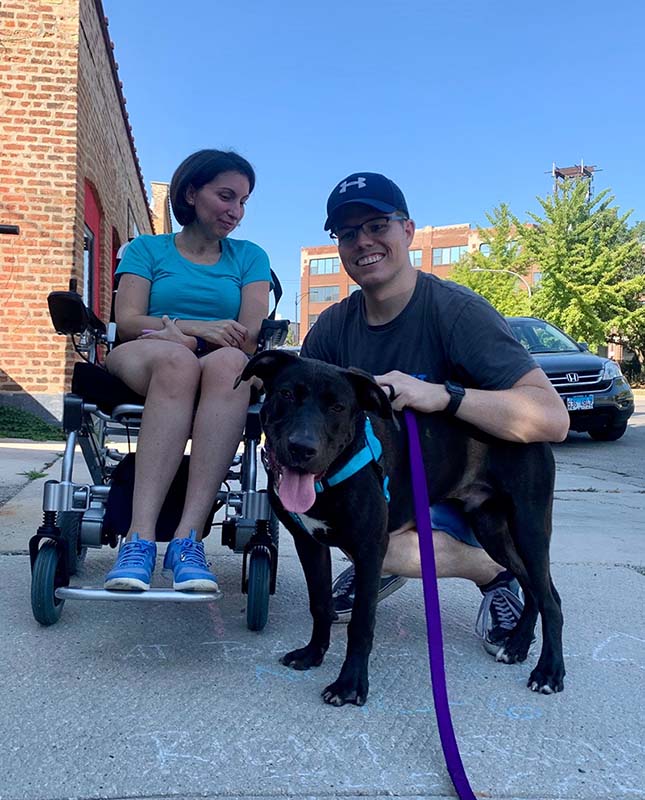
The reference checks went next. Heather reasoned that no one was going to provide the contact information for someone who would say something bad about them—except one guy, who listed his ex-girlfriend, and shouldn’t have; she did not say flattering things.
And even then, “the guy was fine, nothing wrong with him, so we adopted to him and the guy still has the dog and they’re doing great,” says Heather. “Reference checks, again, they weren’t giving us new information that we weren’t getting from just having a candid, nice, sit down and talk with people. We were able to drop those and then again, get through applications and match people more quickly.”
“The applicant family ended up leaving with two carts full of food, litter, a catnip plant, cat grass, tons of toys, treats, and several scratching pads, plus Smudge,” says Courtney. “Smudge had been passed over for months, but it was only because her perfect family wasn’t quite there yet. And we would not have found them without our conversation-based adoptions program.”
It’s nothing new for open-admission, government animal shelters to employ conversation-based adoption process, over more checklist-style procedures that are, by design, long, intrusive, burdensome, and exclusionary.
Rescue groups have historically, some might say notoriously, done it differently. Case in point: New York Magazine’s recent cover story about how adopting a dog could be “more competitive than getting into college.”
This story, detailing the frustrations and difficulties of regular-sounding New Yorkers who were thwarted in their attempts to adopt dogs from rescue groups, had problems to be sure—including but not limited to its utter and complete failure to recognize the existence of animal shelters.
The piece did shine a light on how arbitrary, judgmental, and onerous the process of adopting from a rescue can feel to those who pursue it.
“It was a crazy-making experience,” one frustrated would-be adopter told the magazine.
But that’s not universal. Some rescue groups have taken a hard look at their processes, and decided there’s a better way—one that forgoes long applications, strict checklists, and exams, in favor of conversations.
“I have always felt disheartened by groups who brag that they deny more people than they approve. Like that’s a good thing? It seems that they’re always looking for reasons to say no, while we can come at it from the opposite perspective. These animals need homes.”
Courtney Protz-Sanders, Founder and Executive Director of Michigan-based rescue group Paws for Life
Courtney says that, like OTAT, Paws for Life initially required vet checks and landlord checks when the group was founded in the early 2000s. They scrapped those measures in favor of conversation-based adoptions a few years later.
“We realized we had never once denied someone a pet because of the results of those checks,” Courtney says. “Besides, someone could get the OK from a landlord then move a month later.”

“They wanted two dogs who would play and wear each other out,” Courtney says. The adoption counselor introduced them to Scuba. “The two dogs hit it off right away. And Scuba fell in love with his new yard, mom, dad, and brother Luka. Without that conversation, our volunteer would not have known to introduce them to Scuba.”
Nearly 6,000 adoptions later, the rescue has developed a process that is centered on open-ended questions, “the biggest one being, what do you want in a pet?” Courtney says. “The goal is to learn the expectations of each applicant.”
A couch potato to watch Netflix with, or a jogging buddy? A cat to snuggle with you in bed, be a roughhousing playmate for an existing cat, or keep mice out of a barn? Learning the answers to those questions help the group make a good match.
Even potential red flags generally open up further conversation, rather than putting up stop signs (though in the case of the person who showed up intoxicated to adopt, that was a hard no).
Courtney recalls a man who disclosed that a previous dog had been killed when hit by a car—information that could have been disqualifying for some organizations, but further conversation revealed that the dog was being cared for by someone else when the accident occurred.
Another example involves someone mentioning they wanted to declaw a cat. “We’re going to talk to them about that. Why do you want to declaw? Maybe they don’t understand all of the ins and outs of that,” Courtney says. “And if they’re hard and firm on it, then we’re going to offer them cats that are already declawed.
“Our basic premise is that when people come to a rescue or a shelter to adopt, they’re already trying to do the right thing. They didn’t go to a pet store. They didn’t go to a backyard breeder. So, we want to help them the best we can.”
Courtney Protz-Sanders, Paws for Life
Or, as Lou Robinson, founder of Texas-based Warriors Educate About Rescue, puts it: “People are obsessed with wanting information to cross all the t’s, dot all the i’s, cover their ass, dig the dirt…I need to know if you have a loving soul and a will to care for a life. The amount of dogs in Texas is worth the chance.”
Lou says her conversation-based adoption approach has led to good adoptions—and in some cases, adoptions that likely wouldn’t have happened at all using forms and checklists.

She points to Dinky, a 5-pound Chihuahua who was born with no front legs. An older woman living in Ohio reached out wanting to adopt him, after spotting Dinky on social media. The woman was the full time caretaker for an adult daughter with autism, and had several large dogs already in the home—a home Lou could not, and would not, go inspect.
“Based on applications, questionnaires, stipulations, Dinky’s mom would not have been considered,” Lou says. But after an email exchange, and then a phone conversation, Lou thought otherwise. The woman flew to Texas to pick up Dinky, and flew back with him on the plane.
“Should have I denied the adoption and the love and safety he feels now in the present worrying about her age? Should I have maybe placed Dinky elsewhere or waited for what I thought might be a younger person? What if I had done that and that did not turn out to be the right fit?” Lou says.
“Maybe some would say I was wrong… But he is living his best life right now, this moment. He is not waiting to be adopted, taking up space for another to be saved.”
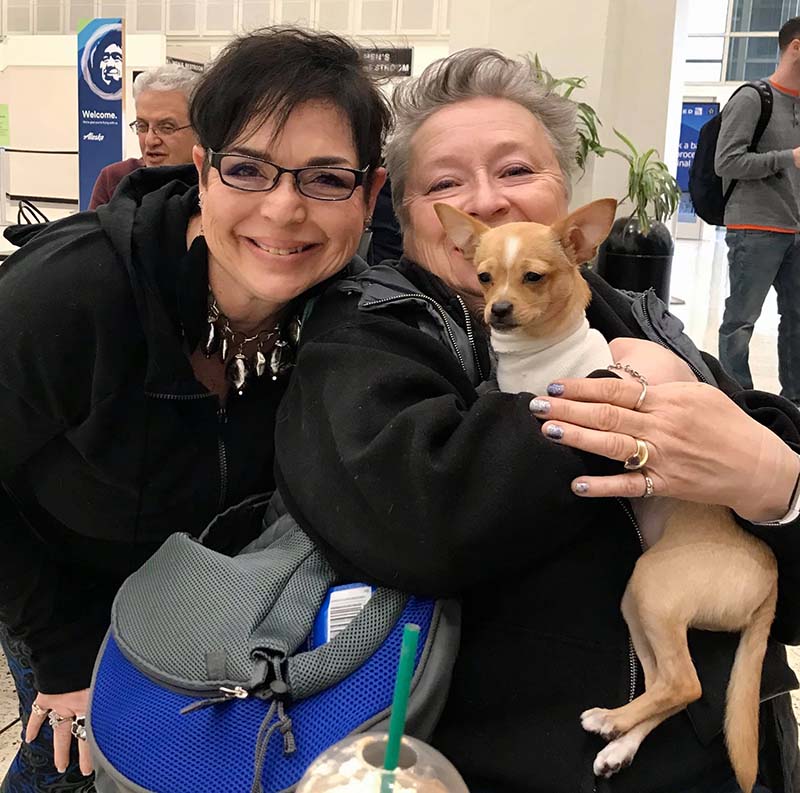
Lou recognizes the risks. Something may happen to Dinky’s owner. Something may happen to any pet’s owner. Even with the longest, most stringent checklist, there are no certainties.
“The amount of dogs and cats needing help, I am and will take the chance,” she says. “Are we so arrogant in rescue to think a poor person, single person, renter, young parents with children, multiple dog owner, senior person, no fenced yard, etc, etc, can’t love a dog or cat, can’t provide, can’t do what’s right. Are we?”
What about organizations that want to try moving toward a conversation-based approach themselves?
Courtney suggests checking out webinars, conference sessions, and other materials—HASS, Maddie’s Fund, and Best Friends have a lot of excellent resources—and then going for it.
“Jump. Just do it,” she says. “Change can be scary and hard, but this is a change that saves more lives and makes your organization more efficient. You will see more success. You will see more animals headed for happy homes.”
And if all or nothing sounds like too much, take it one barrier at a time, is Heather’s advice.
Start with, say, the landlord checks. Give it six months. If you’re satisfied with the results, try the vet checks next. Keep critically examining each rule or barrier to query if it is helping guide more pets into good homes, or getting in the way. Stay open to change.
Even for One Tail at a Time, this process is a work in progress. The day we spoke on the phone with Heather, we noticed the OTAT website said that adopters had to be at least 21 years old.
“Oh, yeah. That needs to be changed,” Heather told us. “We actually just changed it to go down to 18.”
The website has since been updated.

